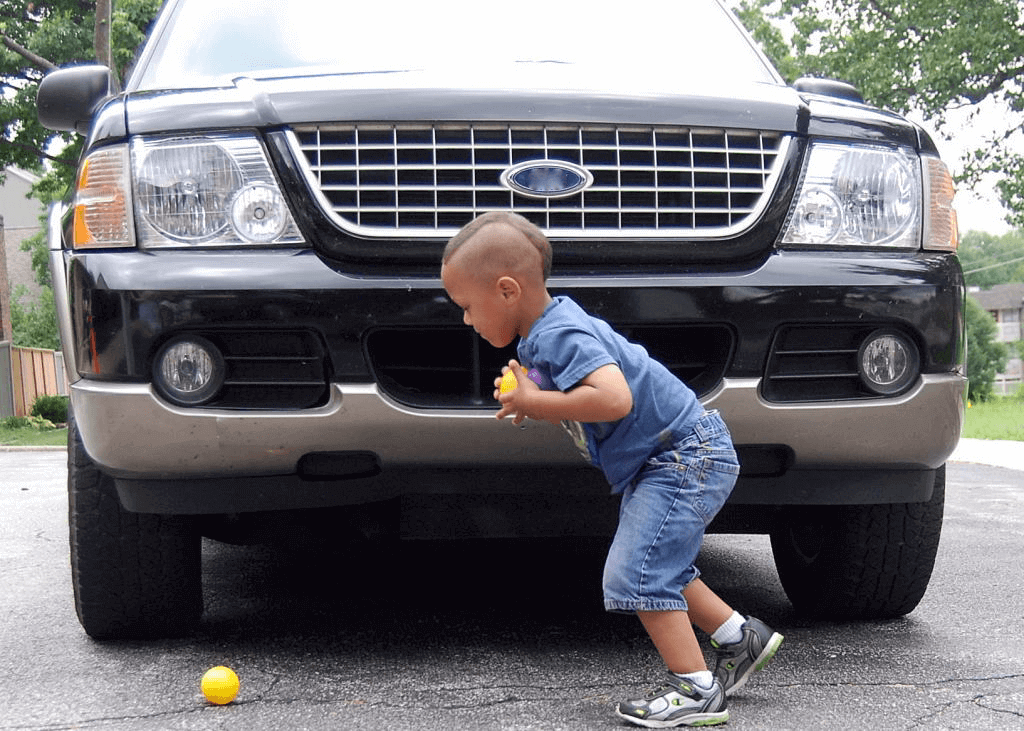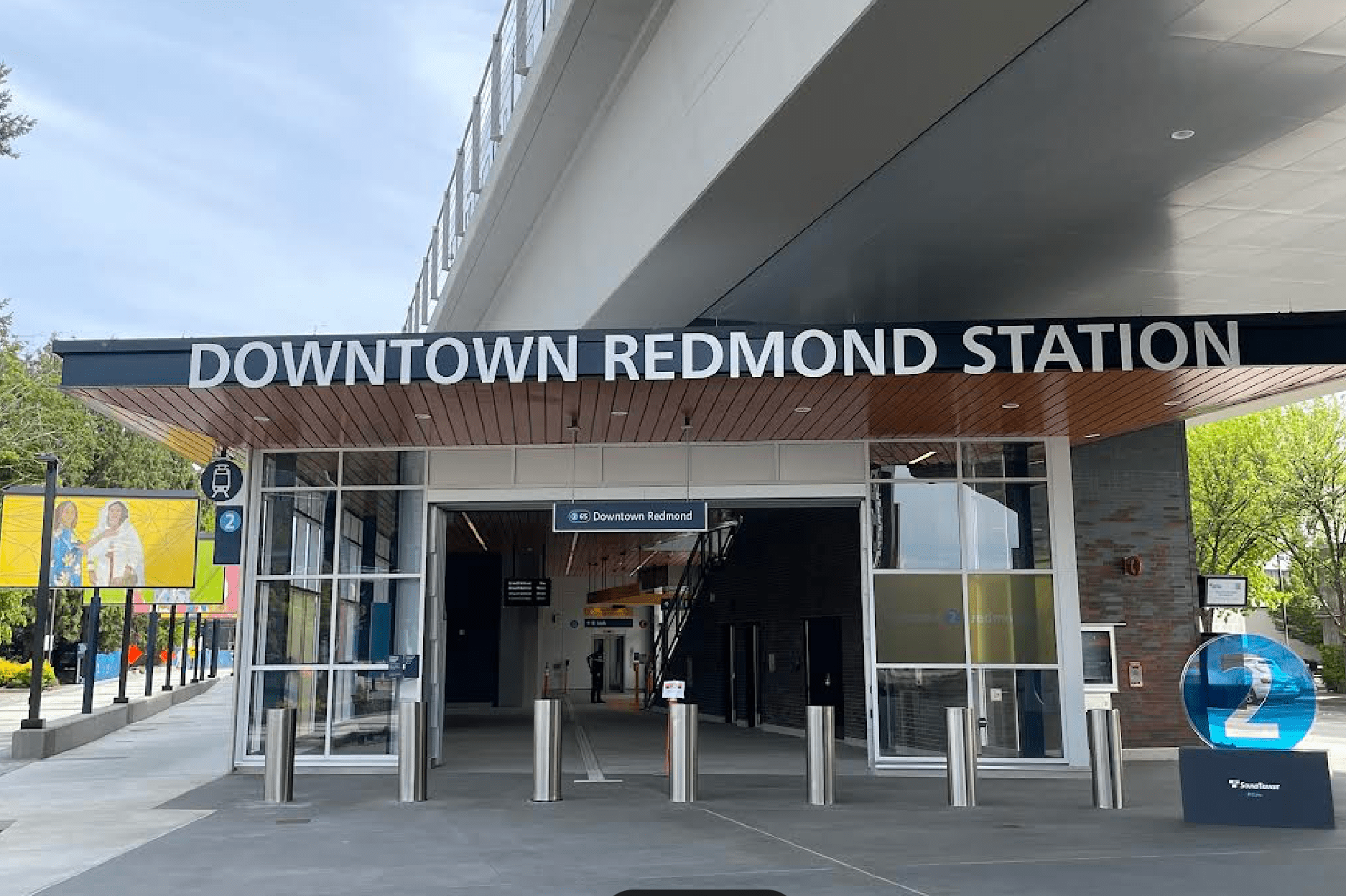Bike-sharing has been one of the most rapidly spreading transportation innovations in American cities over the past few years; scarcely a month goes by without a new city announcing its intentions to develop a system. And with good reason: Bike-share doesn't cost much to install and operate, and it's healthy -- for cities and people.
But one cloud looming over this happy development is that not all residents have benefited equally from bike-share, which has tended to generate a disproportionately affluent ridership. Darren Buck at Network blog Bike Pedantic has been researching this topic as part of his graduate coursework. He identified seven ways cities can help ensure their public bikes are broadly used, and he recently sent out a survey to 20 bike-share systems to see whether they're implementing these strategies:
Station Siting – This question asked bikesharing system managers if they were planning to ensure that some stations are located in areas primarily serving low-income communities. Examples might include conscious placement of stations adjacent to affordable housing, or prioritizing expansion to minority neighborhoods disproportionately underrepresented in bicycling.
Financial Assistance – This could be a partnership with a nonprofit agency providing bank accounts and debit/credit cards to low-income “unbanked” citizens, installment payment plans, subsidies for low/moderate income users, and relaxing security deposit requirements.
Safe Places to Ride – Bikesharing gets ridden more often near bike facilities, but socioeconomically-disadvantaged neighborhoods are significantly underfunded for these facilities. What is the bikesharing system doing to press the powers-that-be to bring bike facilities to those neighborhoods, to help ensure bikeshare gets ridden safely and more often?
Membership Media – Having a subsidized credit card to get a bikeshare membership is great. But most people already have a transit farecard. Perhaps a common payment card could not only lower a barrier, but could be one big step toward fuller integration of bikesharing with the public transportation system.
The remaining three, which Darren outlines in more detail, are: community-specific marketing and outreach; overcoming barriers to bicycling; and providing an economic contribution to communities.
Elsewhere on the Network today: Chicago's Metropolitan Planning Council's The Connector blog says President Obama should look carefully at the economic challenges the greater Chicago region is experiencing as he develops a metropolitan policy for his second term. The Austin Contrarian writes that officials in his city have reserved an awfully small share of total developable land -- just 10 percent -- for multi-family housing. And Utility Cycling demonstrates how to haul a Christmas tree by bike.





